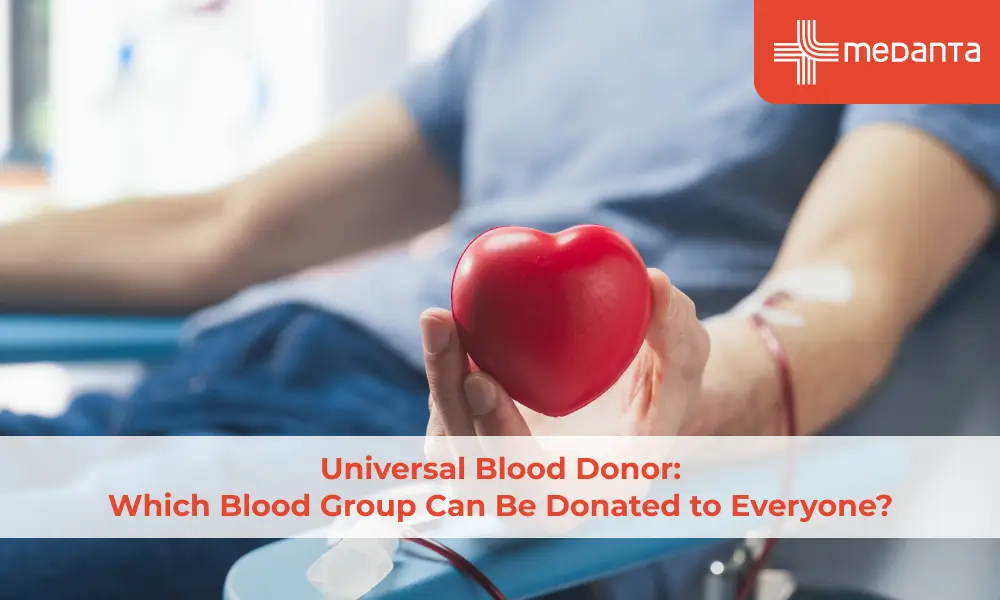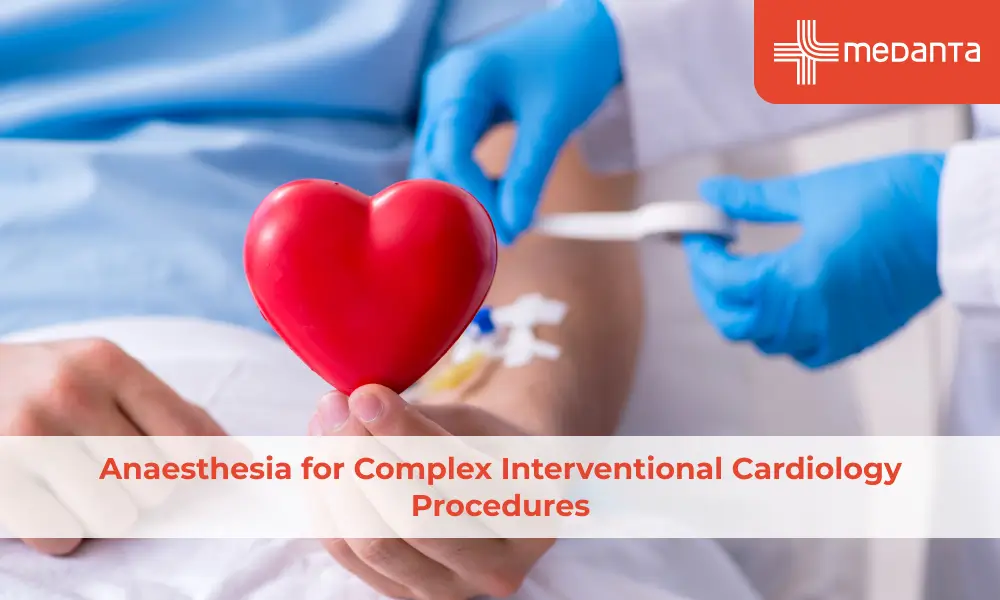First Aid in Sprain: Don’t Ignore the Pain, Get Relief with First Aid

Sprains happen when you damage the tendons that attach the muscles to your bones. The ligaments that link two bones can also be torn in sprains. Sports and exercise usually result in sprains, but falling or other accidents too can be the cause! A sprain can occur all of a sudden or grow gradually to a severe level. When you have this painful condition, first aid for sprains and strains is the best way to deal with it. Let’s take a look at the first aid methods for sprain, including the RICE method!
What is a Sprain?
Ligaments are tissue bands that join bones together, and the injury known as a sprain results from a ligament that is ripped or strained. Your muscles and bones are held together and kept from moving too far by ligaments, and additionally, ligaments guarantee that your joints only move in the direction(s) that they are intended to.
Sprains disrupt this structure and cause pain, discomfort, swelling, and weakness in the affected region! First aid in sprain is a very effective way to deal with this problem. However, see a doctor if you have continuous discomfort or difficulty bearing weight on a joint!
A sprain can occur in any joint because every joint has ligament support. The most common sprains are ankle sprains (particularly high ankle sprains), wrist sprains, knee sprains, and finger sprains (also known as jammed fingers).
What Causes Sprains?
A sprain can occur from a variety of activities, so let's take a look at the most common causes.
Joint Trauma - Ligaments can be stretched or torn by direct hits or collisions that occur during exercise, sports, or other physical activity.
Falling - An abrupt loss of balance can cause unnatural landings that put a strain on the ligaments, and when you try to catch yourself during a fall, you could sprain your ankle or wrist.
Twisting or Pivoting - Sprains can occur due to twisting or pivoting, which is a common motion in sports like basketball or dance.
Non-supportive Footwear - Poorly fitting or insufficiently supportive shoes might make sprains more likely, and this is especially important when it comes to sports, since wearing the appropriate footwear may significantly reduce the risk of injury.
Walking on Rough Surfaces - Walking or sprinting on uneven ground can lead to stumbles that damage the body, especially the knees and ankles.
Sprain Symptoms
The following are the most common sprain symptoms:
Pain in a joint
Discoloration or bruises
Swelling
Instability
Having trouble putting weight on a joint
Reduced range of motion
If you are experiencing any of these symptoms, first aid for sprains and strains is a must for you!
Sprain First Aid - The RICE Method
RICE stands for rest, ice, compression, and elevation, and is the doctor-recommended first aid in sprain method that anyone can follow! This straightforward self-care procedure is effective as a home treatment for ankle sprain, knee sprain, wrist sprain, etc. The RICE method seeks to lessen discomfort, promote healing, minimize swelling, and offer the victim the chance to get better without visiting the emergency room.
Step 1: Rest
Your body uses pain as a warning sign when something is off, so, as soon as you feel injured, cease all activities and spend the first two days on bed rest! When dealing with specific ailments, such as a moderate-to-severe ankle sprain, continuing to do your daily work and chores might exacerbate the situation and cause you to heal more slowly. If your injury doesn't worsen, you may resume activity a couple of days after it occurs. According to orthopaedic doctors, you shouldn't put any weight on the injured region for at least two to three days, and if possible, for a longer period!
Step 2: Ice
An effective treatment to reduce pain and swelling is the use of ice packs. However, you shouldn't use ice therapy for too long without a break because there's a chance of tissue injury. During the first 24 to 48 hours following your accident, apply an ice pack for 15-20 minutes every 2-3 hours after covering the ice with a light, absorbent cloth to help avoid frostbite. This will help minimize swelling as well, not only reduce pain. If you have discomfort or swelling that doesn't go away or becomes worse even after using ice therapy, you probably need to see your doctor.
Step 3: Compression
To stop the wounded region from swelling too much, you need to use compression techniques which are done by bandaging the hurt region. This is often the best home treatment ankle sprain method! Apply an elastic medical bandage (ACE bandage, for example) to the afflicted region, and the bandage should offer just the right amount of compression without being too tight to cause blood flow disruption. Loosen the bandage if the area beneath the wrap becomes blue or if it feels tingly, cold, or numb, and in that case, get medical attention right away if these symptoms don't reduce.
Step 4: Elevation
This entails elevating the injured body part above your heart level because that can lessen swelling, throbbing, and discomfort because of limited blood flow. For instance, you can sit on the sofa with your leg propped up on cushions if you have an ankle injury because the main goal is to keep the damaged area elevated.
Medication and Sprays for First Aid
Medication - A non-steroidal anti-inflammatory over-the-counter medicine (NSAID) such as aspirin, acetaminophen (Tylenol), or ibuprofen (Advil, Motrin) can be given to adult patients for the management of pain.
Fast Relief Spray - Applying a fast relief spray on the injured joint can provide quick relief from extreme pain and discomfort, however, it won't reduce inflammation, so keep that in mind.
A moderate sprain will usually recover in seven to ten days, but after a severe sprain, recovery time may become several weeks.
Final Remarks
Nearly everyone has experienced some form of sprain, whether a knee sprain or ankle sprain, at some point in their lives, and in most cases, these go away with RICE first aid treatment. Even though a sprain is among the most typical wounds, don't disregard pain, swelling, or instability in a joint, even if the majority of sprains are not serious. If, after receiving first aid, your condition does not improve, or the pain and swelling get worse, you need to contact emergency medical services immediately for treatment under a doctor’s supervision.
Call Medanta anytime for emergency treatment from the best doctors!
FAQs
What is a sprain?
A sprain is a stretch or tear of a ligament, the tough band of tissue that connects bones.
What are the common symptoms of a sprain?
Common symptoms include pain, swelling, bruising, and difficulty moving the injured joint.
What is the RICE method of first aid for sprains?
RICE stands for Rest, Ice, Compression, and Elevation. This method helps reduce swelling and pain.
When should I seek medical attention for a sprain?
Seek medical attention if the pain is severe, the joint is unstable, or if there is significant swelling or bruising.
Can I prevent sprains?
Yes, you can prevent sprains by warming up before exercise, wearing appropriate footwear, and strengthening the muscles around the joint.
Citations
1. MacMillan, C. (2024, August 9). Is there a better way to use RICE for your injury? Yale Medicine. https://www.yalemedicine.org/news/rice-protocol-for-injuries.
2. Sprain: First aid. (n.d.). Mayo Clinic. https://www.mayoclinic.org/first-aid/first-aid-sprain/basics/art-20056622
3. Sprains - Symptoms and causes. (n.d.). Mayo Clinic. https://www.mayoclinic.org/diseases-conditions/sprains/symptoms-causes/syc-20377938






